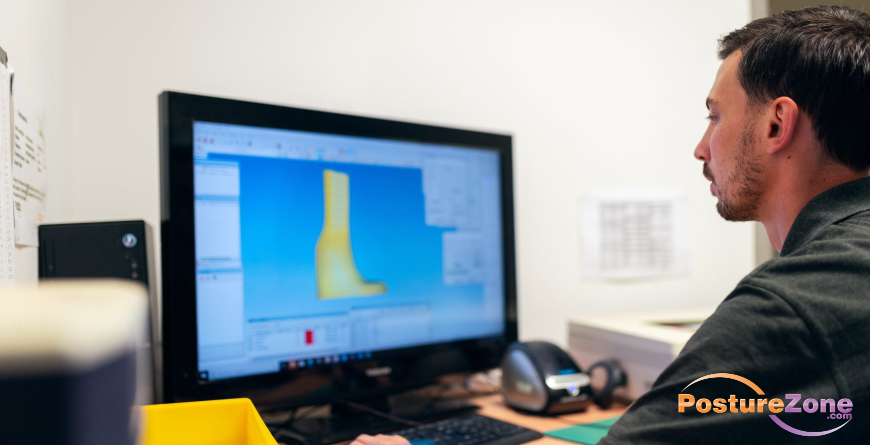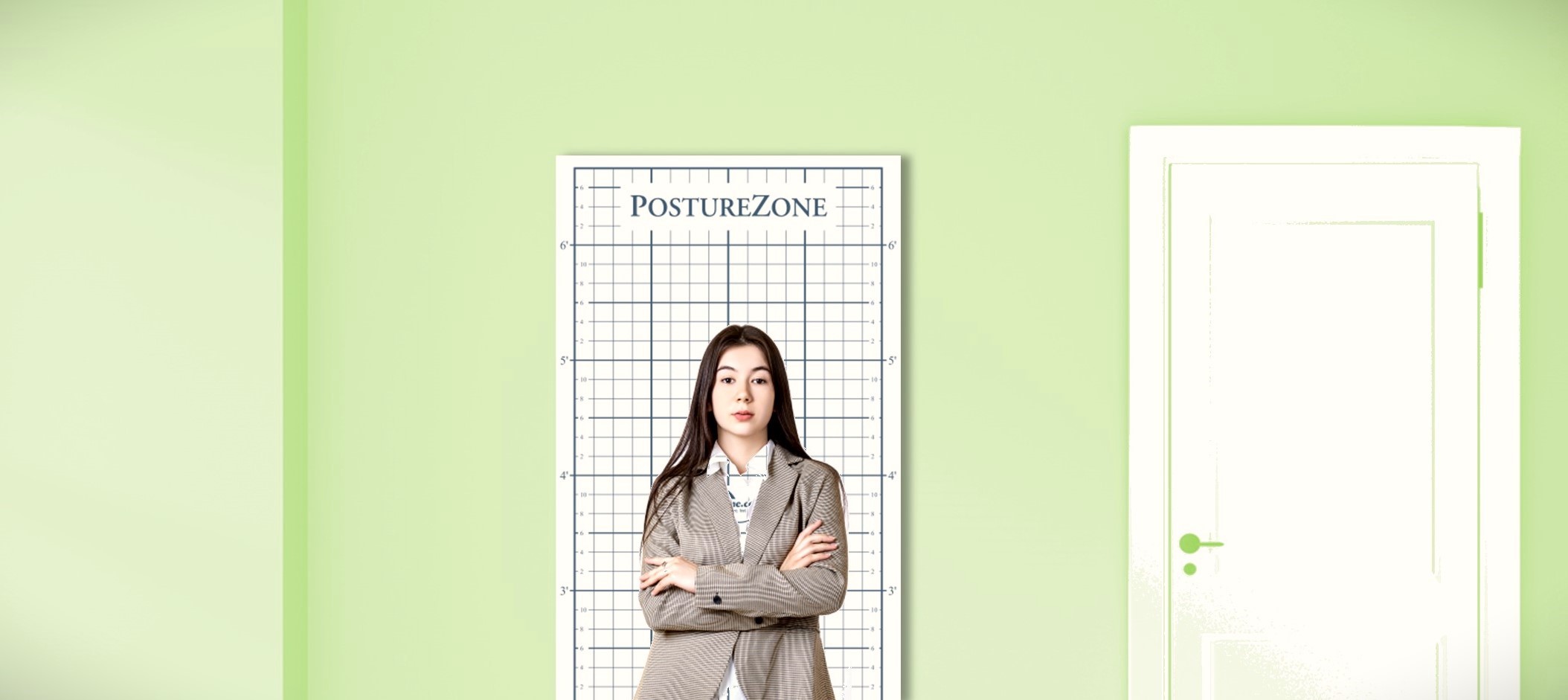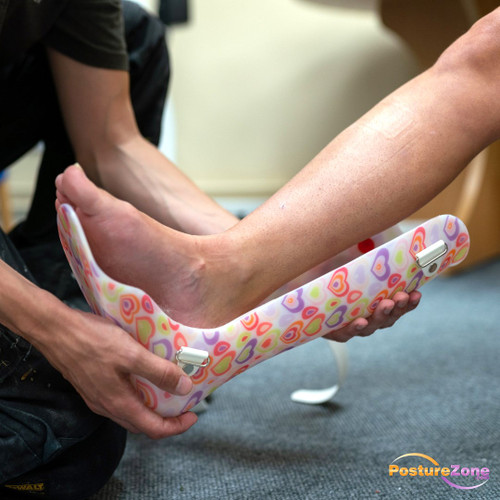Posture Assessment for Orthotists and Prosthetists
Posted by Renee North, CPEP on 29th Mar 2023
Enhancing Patient Outcomes through Comprehensive Care: Posture Assessment in Prostheses and Orthoses Design
As an orthotist or prosthetist, your primary focus is on the design, fabrication and fitting of custom orthotics, braces and prosthetics. However, did you know that assessing your clients' posture can help you better understand their musculoskeletal system and provide more comprehensive care? By using a posture grid in your practice, you can identify potential issues that may be contributing to their foot or limb problems and design devices that address not only the specific issue but also the alignment of the rest of the body.
Using the analysis to relay findings to the multidisciplinary team facilitates working together to formulate and implement the best treatment plan.

What is a Posture Grid?
A posture grid is a visual tool that provides an easy way to assess and document a person's alignment and position of their body while standing or sitting. It consists of a grid pattern with vertical and horizontal lines that can be used to identify any deviations from the normal alignment.
Why is a Posture Grid important in Orthotics and Prosthetics?
Using a posture chart can provide several benefits in your practice:
- Identifying musculoskeletal issues: Posture assessment can help identify musculoskeletal issues such as scoliosis, kyphosis, or lordosis, which can affect the alignment of the feet or limbs and contribute to pain or discomfort.
- Improving prostheses and orthoses design: By noting a client's posture, you can plan the brace or device that address not only the specific issue but also the alignment of the rest of the body. This can result in a more effective and comfortable device.
- Enhancing treatment outcomes: Addressing posture issues can help improve treatment plans and outcomes by reducing pain and improving overall function. They can also provide useful feedback during fitting.
- Preventing future issues: Addressing posture issues early on can help prevent future foot or musculoskeletal issues from developing. Rehabilitation therapists should integrate posture assessment for comparison reports from pre and post care, capturing changes in short- and long-term use of the device or brace.

Communicating Results to the Patient: The Power of Before and After Imagery
Once a posture assessment has been completed and a supportive device or brace has been prescribed, it is important to communicate the results to the patient. One effective method is using before and after imagery. By showing patients the changes in their posture and alignment after using the prescribed device, they can better understand the benefits and improvements that have been made. This can include improvements in overall balance, function, appearance, and reduction of pain and discomfort. By effectively communicating the results to the patient, they are more likely to feel empowered and invested in the process. Sometimes, going so far as to making ergonomic changes in their home and work environments.
How to use a Posture Chart?
Performing a posture assessment involves observing a patient's alignment and position of their body while standing or sitting. You can use various tools, including visual observation, gait analysis, and postural photos or videos, but using a posture grid is the most efficient way to document deviations from the normal alignment.
During the assessment, you should document posture and balance by taking a picture of the patient in front of the posture grid. By analyzing the picture, you can identify any deviations from the normal alignment, including the head, shoulders, hips, knees, and feet, and observe how the client's posture changes during movement.
The posture report should be done as part of an initial evaluation. Follow ups are normally performed at the time of measurements and at each fitting and adjustment.
Documentation, tracking, and adjustments
Using a posture grid to set a baseline for a client's posture is an important tool that orthotists and prosthetists can use to improve their patients' foot or limb health and overall musculoskeletal function. Periodic follow-up pictures are an efficient tool for documenting changes and the need for adjustments over time. Incorporating posture analysis reports into your practice can help you provide more comprehensive care to your clients and differentiate your practice from others.
Simply by incorporating posture assessment into your practice, you can provide more comprehensive care to your clients, improve outcomes and client satisfaction, while differentiating your practice from others.


